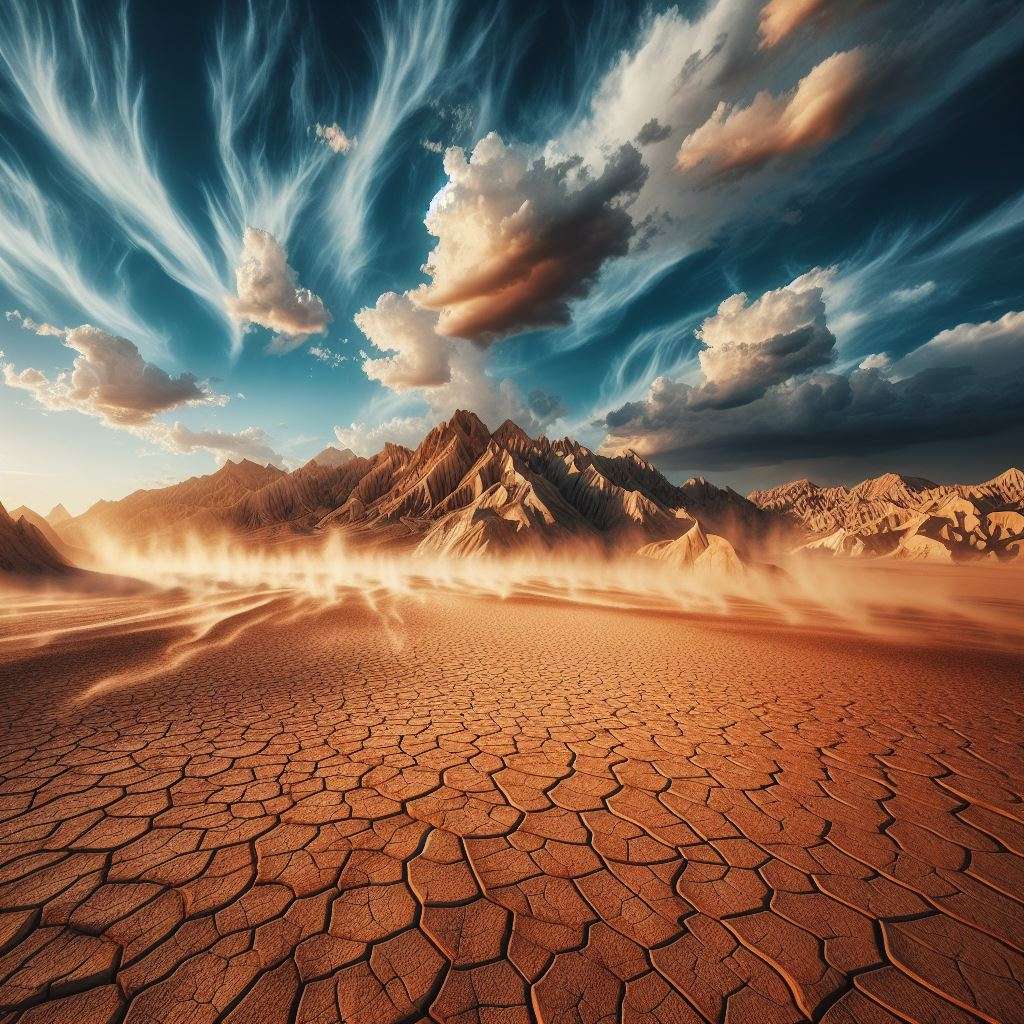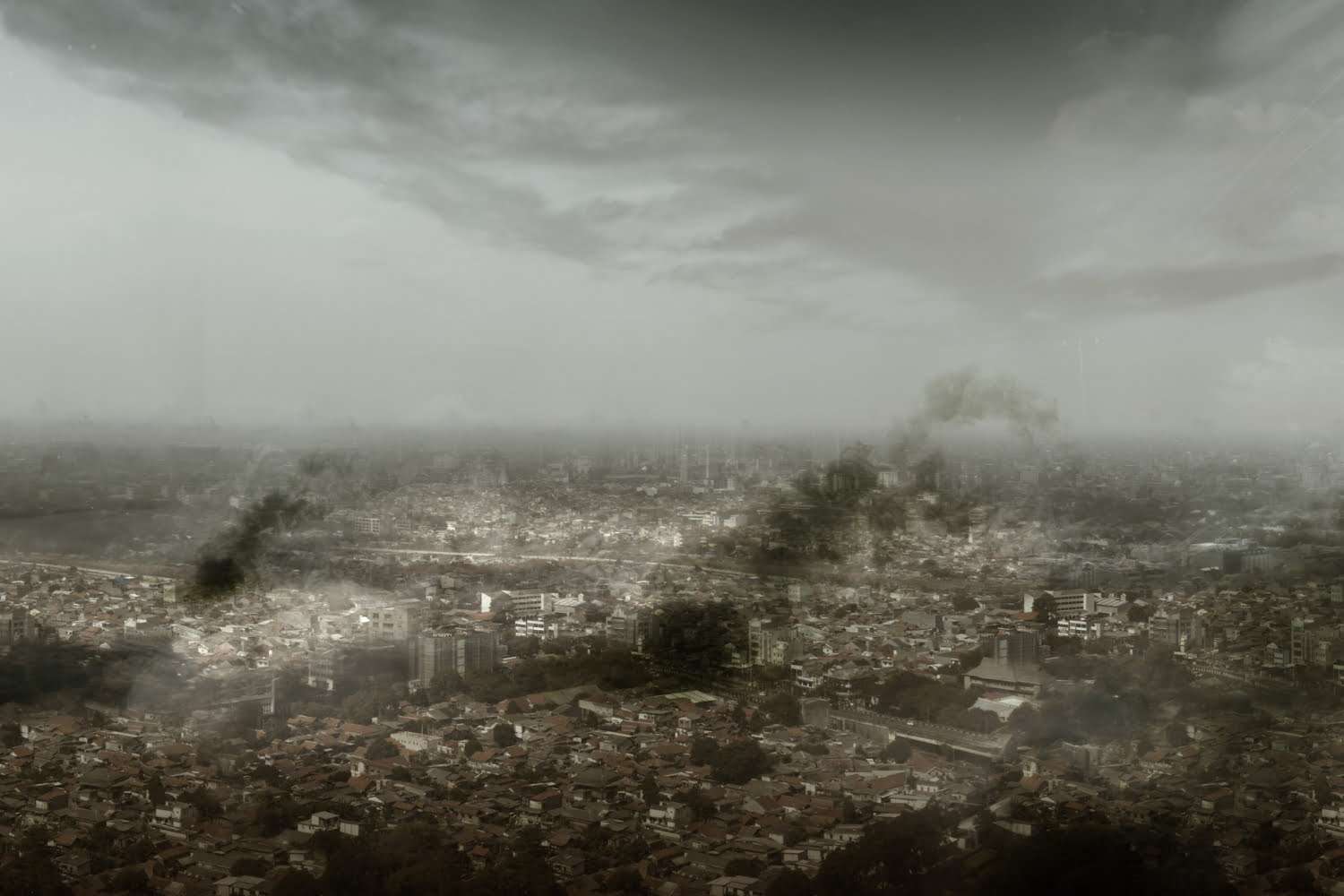War is one of the most destructive forces that humanity has ever unleashed. It not only causes immense suffering and loss of life among humans but also inflicts devastating damage on the environment. War disrupts the delicate balance of nature, threatening the survival of countless species and ecosystems.
The impact of war on the environment is not a new phenomenon. Throughout history, wars have left behind scars on the land, water, and air. However, in the modern era, the scale and intensity of warfare have increased dramatically, posing unprecedented challenges to the natural world.
In this article, we will explore how war wounds the web of life, both in the short and long term. We will also look at some examples of how war has affected the environment in different regions of the world. Finally, we will discuss the importance of environmental restoration and conservation in war-torn areas, and how we can support these efforts.
The Immediate Destruction of War
War causes direct damage to ecosystems, often with irreversible consequences. Some of the ways that war harms the environment are:
Deforestation

War often leads to massive deforestation, as bombs, fires, and military infrastructure development destroy trees and vegetation. For example, during the Vietnam War, the US military sprayed more than 20 million gallons of herbicides, mainly Agent Orange, over forests and farmlands, killing millions of plants and animals. The deforestation resulted in soil erosion, landslides, floods, and reduced biodiversity.
Pollution
War also releases various pollutants into the environment, such as heavy metals, oil, and unexploded ordnance. These contaminants can poison the soil and water sources, affecting the health of humans and wildlife. For instance, during the Gulf War, Iraqi forces set fire to more than 600 oil wells, creating huge clouds of smoke and soot that polluted the air and water. The oil spills also damaged coral reefs and marine life.

Wildlife Casualties

War can also have a devastating impact on animal populations, as they are killed, displaced, or disrupted by the violence. Many animals are hunted for food, fur, or trophies by soldiers or civilians. Others are caught in the crossfire, injured by explosives, or affected by diseases. Some animals lose their habitats, food sources, or migration routes due to the destruction of the environment. For example, during the Rwandan Civil War, the mountain gorilla population declined by more than 40%, as poachers and refugees encroached on their habitat.
The Long-Term Consequences of War
The effects of war on the environment do not end when the fighting stops. War can have lasting ecological consequences that persist for decades or even centuries. Some of the long-term effects of war on the environment are:
Soil Degradation
War can cause long-term land degradation, as erosion, chemical contamination, and loss of topsoil reduce the fertility and productivity of the soil. This can affect the livelihoods of farmers and the food security of communities. For example, in Afghanistan, decades of war have degraded the soil quality, making it difficult to grow crops and causing desertification.

Climate Change
War can also contribute to global warming and exacerbate the effects of climate change, as deforestation and disrupted carbon cycles increase the greenhouse gas emissions. War also consumes a lot of fossil fuels, adding to the carbon footprint. Moreover, war can hinder the efforts to mitigate and adapt to climate change, as resources and attention are diverted from environmental issues. For example, in Syria, the civil war has hampered the implementation of renewable energy projects and increased the vulnerability of the population to droughts and floods.


Disease Outbreaks
War can also create conditions favorable for the spread of diseases, both among humans and wildlife. War can weaken the immune systems, increase the exposure to pathogens, and reduce the access to health care and sanitation. War can also facilitate the transmission of diseases across borders, as refugees and displaced people move to new areas. For example, in Congo, the ongoing conflict has increased the risk of Ebola outbreaks, as people flee from violence and enter areas where the virus is endemic.
Case Studies
The impact of war on the environment is not uniform across the world. Different regions face different challenges and opportunities, depending on the type and duration of the conflict, the characteristics of the ecosystem, and the socioeconomic and political factors. Here are some case studies of how war has affected the environment in different parts of the world:
Iraq
Iraq has suffered from several wars and conflicts since the 1980s, resulting in severe environmental degradation. The wars have caused widespread deforestation, desertification, water scarcity, and pollution. The wars have also damaged the cultural and natural heritage of Iraq, such as the ancient city of Babylon and the Mesopotamian marshes. The marshes, which are considered the cradle of civilization and home to many unique species, were drained and burned by Saddam Hussein’s regime, and later restored by local communities after his fall.
Colombia
Colombia has experienced a long and complex armed conflict, involving the government, rebel groups, paramilitaries, and drug cartels. The conflict has hurt the environment, as illegal mining, logging, and coca cultivation have destroyed forests and contaminated rivers. The conflict has also threatened the biodiversity of Colombia, which is one of the most megadiverse countries in the world, with more than 10% of the world’s species. However, the peace agreement signed in 2016 between the government and the FARC rebels has opened new opportunities for environmental conservation and cooperation.
Sudan
Sudan has faced multiple conflicts and humanitarian crises, such as the civil war, the Darfur genocide, and the secession of South Sudan. The conflicts have caused massive displacement, famine, and human rights violations. The conflicts have also affected the environment, as overgrazing, overpopulation, and drought have led to land degradation and desertification. The conflicts have also endangered the wildlife of Sudan, such as the northern white rhino, which is now extinct in the wild.
Hope and Action
Despite the grim picture, there is hope and action for environmental restoration and conservation in war-torn regions. Many communities, organizations, and initiatives are working to heal war wounds and rebuild their ecosystems. Some of the examples of environmental peacebuilding are:
The Green Belt Movement
The Green Belt Movement is a grassroots environmental organization founded by Nobel Peace Prize laureate Wangari Maathai in Kenya. The movement empowers women to plant trees, restore the environment, and improve their livelihoods. The movement also promotes peace and democracy, as it challenges the corruption and oppression that fuel the conflicts in the region.
The Environmental Law Institute
The Environmental Law Institute is a non-profit organization that provides research, education, and policy analysis on environmental law and governance. The institute also supports environmental peacebuilding, as it helps to address the environmental causes and consequences of conflict and to promote the role of the environment in peacebuilding. The institute has worked on various projects, such as the post-conflict environmental assessment in Afghanistan, the environmental security and peacebuilding in the Middle East, and the environmental justice and reconciliation in Liberia.
The United Nations Environment Programme
The United Nations Environment Programme (UNEP) is the leading global environmental authority that sets the environmental agenda and coordinates the environmental activities of the UN and its partners. UNEP also works on environmental peacebuilding, as it assists countries and communities to prevent, mitigate, and recover from the environmental impact of war. UNEP has conducted several post-conflict environmental assessments, such as in Iraq, Sudan, and Colombia, and has launched several initiatives, such as the Disasters and Conflicts Programme, the Environmental Cooperation for Peacebuilding Programme, and the Protecting the Environment During Armed Conflict Resolution.
Conclusion
War is a scourge that not only harms humans, but also the environment. War disrupts the web of life, causing immediate and long-term damage to ecosystems and biodiversity. War also hinders the efforts to address the global environmental challenges, such as climate change and biodiversity loss.
However, there is hope and action for environmental restoration and conservation in war-torn regions. Many communities, organizations, and initiatives are working to heal war wounds and rebuild their ecosystems. They are also working to promote the role of the environment in peacebuilding, as a source of cooperation, resilience, and reconciliation.
We can support these efforts by raising awareness, donating, volunteering, and advocating for the protection of ecosystems in conflict zones. We can also share our own thoughts and experiences on the connection between war and the environment, and how we can make a difference. By doing so, we can help to create a more peaceful and sustainable world for ourselves and future generations.It is crucial for us to recognize the interconnectedness of war and the environment, and to take meaningful action to address the environmental impacts of conflict. By supporting environmental restoration and conservation efforts in war-torn regions, we can contribute to building a more sustainable and peaceful future for all. Let us continue to work together towards healing the wounds of war and protecting the precious ecosystems that are so vital to our well-being and the health of our planet.
